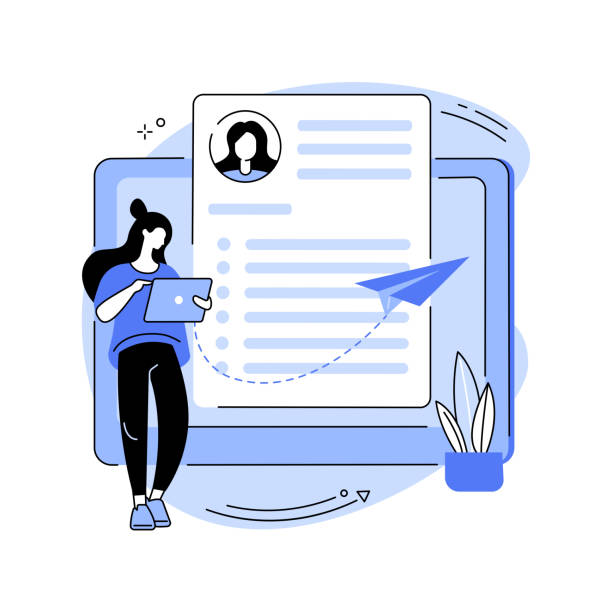The Importance of Personal Website Design in Today’s World
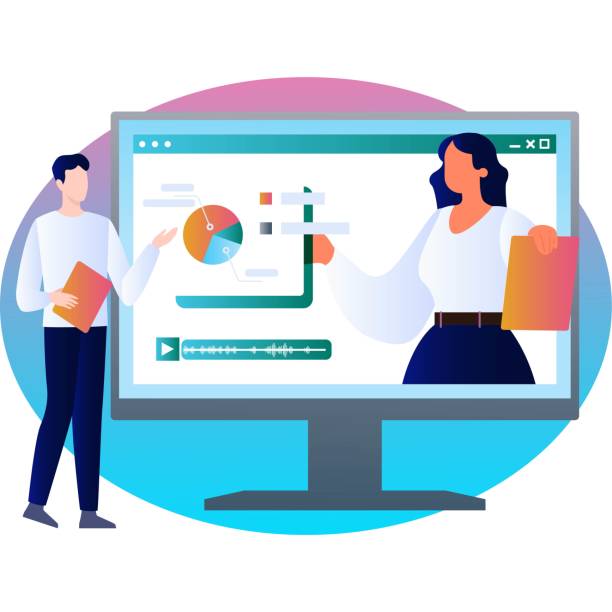
In the current digital age, having a personal website has become more important than ever.
This powerful tool is not only an online showcase for your skills, experiences, and achievements but also a platform for expressing your digital identity and building your personal brand.
Merely having a printed resume or limited social media profiles is no longer enough.
#Designing a personal website allows you to tell your story in a unique way and have full control over the published content.
This is a dedicated space where you can explain your projects in detail, write specialized articles, showcase your visual portfolios, and even present your career path in a dynamic and engaging way.
Indeed, this is an essential step for anyone looking to strengthen their online presence.
From artists and writers to professionals in various fields and entrepreneurs, everyone can benefit from the countless advantages of a personal website.
This platform helps you gain better visibility in search engines and find new opportunities for collaboration or employment.
The goal of personal website design is to create a central hub for all your online activities, where visitors can easily get to know you and your work, and contact you if needed.
This is especially crucial for those who want to establish themselves as an expert in a specific field.
Don’t have a corporate website yet and missing out on online opportunities? With professional corporate website design by Rasawweb,
✅ Double your business credibility
✅ Attract new customers
⚡ Free consultation for your corporate website!
Planning and Goal Setting Before Design
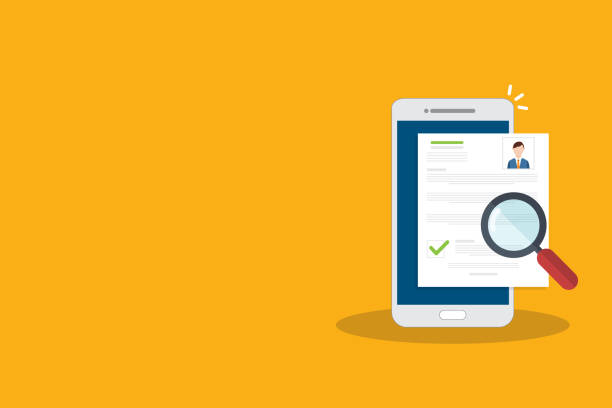
Before taking any practical steps for personal website design, there’s a crucial and vital step: detailed planning and setting clear goals.
This stage will be the cornerstone of your project’s success.
Without clear goals, your website might be aimless and lack a specific direction.
First, ask yourself: “What is my main goal for building a personal website?” Do you want to showcase your portfolio to find a job? Do you intend to share your knowledge through articles and a blog? Is your goal to create a platform for selling products or services? Or perhaps you want an interactive and engaging online resume? The answers to these questions will shape the structure, content, and even the visual design of your website.
For instance, if your goal is to attract employers, your website should focus on showcasing skills and projects relevant to your desired job.
If you intend to educate, you should provide space for articles, videos, and educational resources.
Also, identify your target audience.
Who is going to visit your website? By understanding your audience, you can optimize your content and design to meet their needs and expectations.
This stage also includes gathering initial content such as your resume, portfolio, biography, and professional photos.
Proper planning helps you manage your time and resources effectively and prevents potential confusion in the future.
This is a fundamental guidance for starting any web project.
Choosing the Right Platform and Tools for Website Building
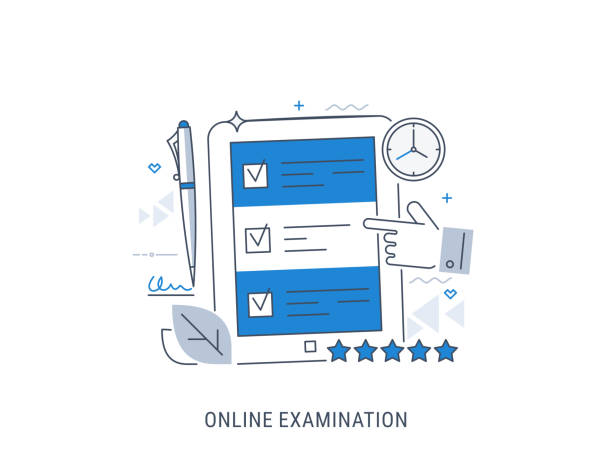
After setting your goals, it’s time to choose the right tools and platform for your personal website design project.
This choice will significantly impact the ease, flexibility, and costs of your project.
There are numerous options for website building, each with its own advantages and disadvantages.
One of the most common and popular options is using Content Management Systems (CMS) like WordPress.
WordPress is suitable for both beginners and professionals due to its high flexibility, countless themes and plugins, and large user community.
This educational platform allows you to create various websites without the need for deep programming knowledge.
Other options include Website Builders like Wix or Squarespace, which offer a completely visual, drag-and-drop environment for website creation.
These tools are highly suitable for those seeking speed and simplicity, although they may have limitations in terms of flexibility.
For developers and individuals with programming knowledge, building a website using coding (HTML, CSS, JavaScript) or web development frameworks (such as React, Angular, Vue.js) is another option that provides full control and optimal performance.
The choice of platform should be based on your technical knowledge level, budget, and website goals.
Each of these methods requires its own specialized approach.
In the table below, a comparison of some popular options is provided:
| Platform | Advantages | Disadvantages | Suitable for |
|---|---|---|---|
| WordPress (CMS) | High flexibility, many plugins, active user community | Requires initial learning, responsibility for security and maintenance | Bloggers, small businesses, portfolios |
| Wix / Squarespace (Website Builder) | Ease of use, visual design, strong support | Less flexibility, higher monthly costs, platform dependency | Beginners, simple and quick websites |
| Coding (Hand-coded) | Full control, optimal performance, high security | Requires deep programming knowledge, time-consuming | Developers, custom and complex projects |
Choosing the Right Domain and Hosting
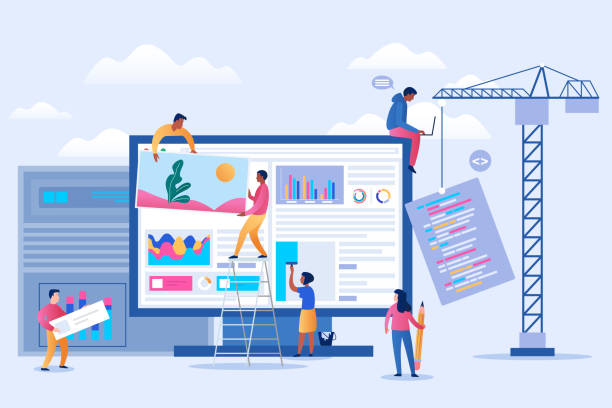
After choosing the platform, two other vital components for your website to go online are domain and hosting.
The domain is your website’s address on the internet (like yourname.com), and hosting is the space where your website’s files and data are stored to be accessible to visitors.
Choosing the right domain is the first step in establishing your online identity.
The domain name should be short, memorable, relevant to you or your business, and easy to type.
Use popular extensions like .com, .ir, .net, or .org.
If your desired name is already reserved, you can use creative names or add a relevant keyword.
After choosing a domain, you need to register it through Domain Registrars.
Regarding hosting, there are various options, including shared hosting, Virtual Private Server (VPS), cloud hosting, and dedicated hosting.
For a newly launched personal website, shared hosting is usually sufficient and cost-effective.
But if you anticipate high traffic or need more resources, you might consider more advanced options.
When choosing a hosting provider, pay attention to factors such as server speed, uptime, customer support, security, and price.
Quality hosting provides a better user experience for your visitors and also positively impacts your website’s SEO.
These two steps are among the most explanatory parts of website setup that anyone intending to create a personal website should pay special attention to.
Are you losing business opportunities because of an outdated website? With Rasawweb, solve the problem of not attracting potential customers through your website forever!
✅ Attract more high-quality leads
✅ Increase brand credibility in the eyes of customers
⚡ Get a free corporate website design consultation
Creating Engaging and Useful Content
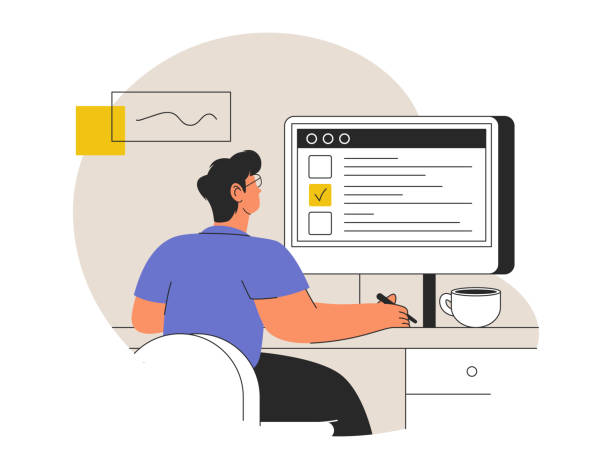
Content is the heart of any website, especially for a personal website.
Even the best personal website design cannot attract and retain visitors without engaging and useful content.
Before you start creating content, consider what message you want to convey and what value you offer to visitors.
Your content should be relevant, valuable, and aligned with your website’s goals.
For example, if your website is an online resume, it should include a professional biography, a list of skills, educational and work history, and prominent portfolios.
If you intend to work as a blogger, your articles should be in-depth, informative, and up-to-date.
Use various types of content: text, images, videos, infographics, and even podcasts.
Content quality is of high importance.
High-quality content not only attracts attention but also helps with SEO and your website’s ranking in search engines.
Update your content regularly to keep your website dynamic and fresh.
Using relevant keywords, proper structuring with headings and subheadings, and adding valid internal and external links are other points to consider when creating educational and effective content.
The goal of personal website development is to provide a valuable resource for your audience.
Principles of Visual Design and User Experience (UI/UX)
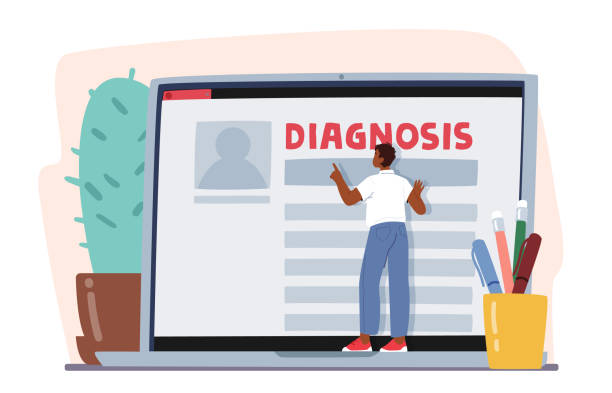
After content, visual design and user experience (UI/UX) are two crucial factors that directly impact the success of your personal website design.
A beautifully designed and user-friendly website attracts visitors and encourages them to spend more time on your site and show interest in your content.
Visual design includes colors, fonts, images, and the layout of elements.
Choosing an appropriate color palette, using readable and consistent fonts, and leveraging high-quality images make your website look professional and appealing.
Avoid excessive clutter and complexity; simplicity and minimalism are often the best approach.
More important than aesthetics is user experience (UX). A website should be easy to navigate.
Menus should be clear and accessible, information should be easy to find, and processes (like filling out a contact form) should be simple and hassle-free.
Website loading speed is also a critical factor in UX; slow websites can frustrate visitors and cause them to leave your site.
Responsive Design is also of high importance, meaning your website should display correctly and function well on all types of devices (mobile, tablet, desktop).
These aspects are considered among the most specialized parts of personal website design, requiring careful attention to detail.
Optimization for Search Engines (SEO) and Website Promotion
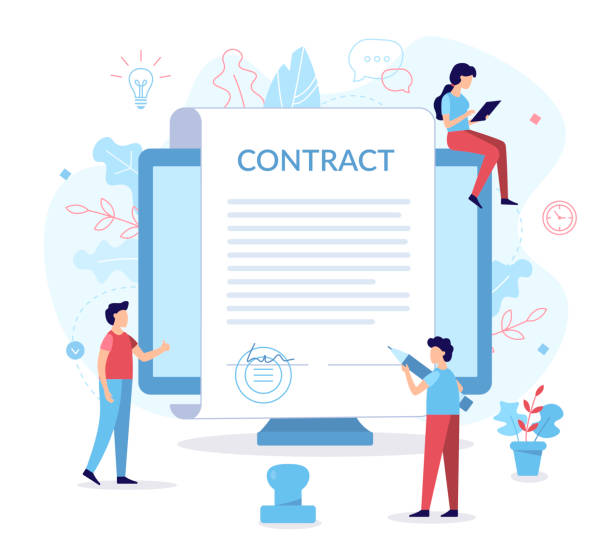
After launching your personal website, the next step is to ensure people can find it.
This is where Search Engine Optimization (SEO) and website promotion come into play.
SEO is a set of techniques that helps your website achieve a higher ranking in search engine results like Google.
This includes proper use of relevant keywords in content and page titles, image optimization, appropriate URL structuring, and increasing site loading speed.
Internal and external link building also plays an important role in SEO.
Internal links help organize your content, while backlinks (incoming links from other reputable sites) increase your site’s credibility.
But SEO is not the only part of the equation.
To promote your personal website creation, you can use social media.
Place your website link on your social media profiles and share new content.
Also, you can participate in online forums and groups related to your field, answer questions, and, if possible, share your website link.
Email marketing is also an effective way to maintain communication with your audience and inform them about new content.
With a precise analysis of website traffic and user behavior (using tools like Google Analytics), you can optimize your SEO and promotion strategies.
In the table below, some of the most important SEO factors are listed:
| SEO Factor | Explanation | Importance |
|---|---|---|
| Keywords | Using phrases that users search for in content and titles | High |
| Quality Content | Unique, informative, and comprehensive content | Very High |
| Site Loading Speed | Time required for full loading of website pages | High |
| Link Building (Internal and External) | Connection between your site’s pages and links to/from other sites | High |
| Responsive Design | Website compatibility with various devices (mobile, tablet) | Very High |
Website Maintenance, Updates, and Security
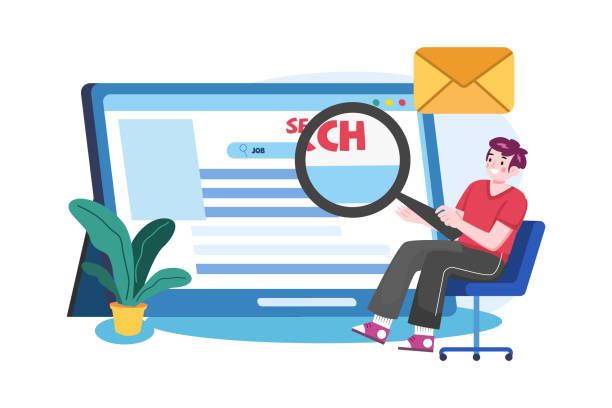
Launching and personal website design is only half the journey.
To ensure its proper and stable functioning over time, regular maintenance, continuous updates, and security provision are of vital importance.
A website that is not regularly updated may face security issues, experience performance degradation, and even decline in search engine rankings.
Updates include updating the core of the Content Management System (like WordPress), themes, and plugins.
These updates often include bug fixes, performance improvements, and addressing security vulnerabilities.
Failure to perform these updates can expose your website to cyberattacks.
Regular backup of website data is also an essential practice.
In case of any problem (e.g., hacker attack or human error), having a backup allows you to quickly restore your website.
Use security tools like web firewalls and security plugins to protect your website against malicious attacks.
Also, continuously check your website for broken links, loading speed, and overall performance.
This shows your educational approach in maintaining the digital health of your website.
Active and continuous maintenance ensures that your personal website is always accessible, fast, and secure, providing a positive user experience for visitors.
These steps, though seemingly time-consuming, are vital for the longevity and success of your website.
Does your company’s website create a professional and lasting first impression in the minds of potential customers? Rasawweb, with professional corporate website design, not only represents your brand’s credibility but also opens a path for your business growth.
✅ Create a powerful and trustworthy brand image
✅ Attract target customers and increase sales
⚡ Get a free consultation
Creating Interactive Sections and Adding Value
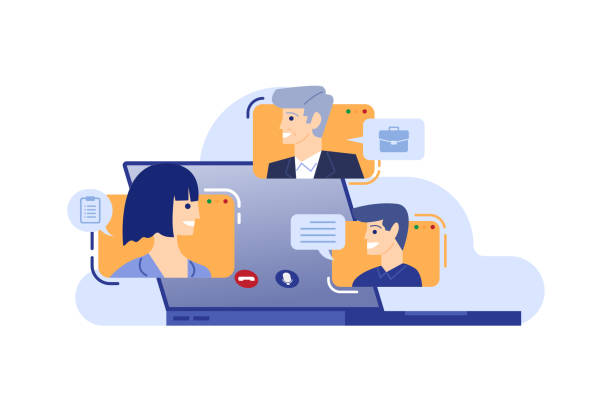
One effective way to make your personal website more appealing and add value is to include interactive and diverse sections.
Merely displaying static information might become boring over time.
Creating opportunities for interaction with visitors can enrich the user experience and encourage them to return to your site.
Sections like blog comments, personalized contact forms, surveys, or short quizzes related to your area of expertise can strengthen your connection with your audience.
Even adding a Frequently Asked Questions (FAQ) section or a small forum can be very beneficial.
For individuals working in art or design, creating image or video galleries with filtering and search capabilities provides an engaging visual experience.
If your content is entertaining, you can create specific sections for small games or other interactive content.
Regular blogging with new and engaging content not only helps with SEO but also serves as a dynamic channel for updating your audience.
If you work in a specialized field, you can create a resources or download section for sharing tools, templates, or scientific articles.
The ultimate goal is for your website to become a valuable resource for visitors and encourage their active participation.
This interactive approach adds more depth and dynamism to your personal website design.
Earning Income or Developing Your Personal Brand Through Your Website
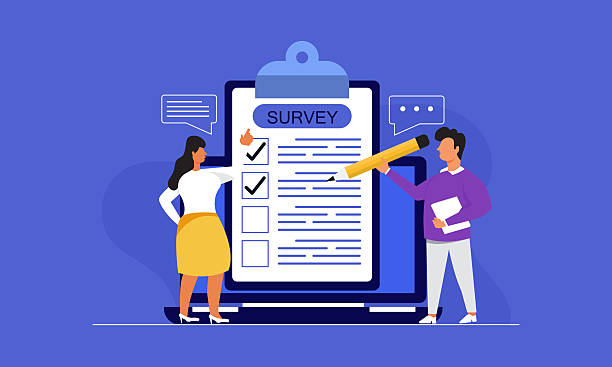
One of the appealing and sometimes questionable aspects of personal website design is its potential for earning income or developing a personal brand in various ways.
Although the primary goal of a personal website is often to showcase skills and portfolios, it can also be used as a platform for financial or branding purposes.
There are various ways to earn income, including Affiliate Marketing, displaying advertisements (like Google AdSense), selling digital products (like e-books, online courses, or design templates), offering consulting services or freelancing, or accepting brand sponsorships.
The choice of monetization method should align with your website’s content and goals to avoid harming the user experience.
But beyond direct income, a personal website is an unparalleled tool for personal brand development. By providing high-quality content and showcasing your expertise, you can establish yourself as an authority in your field.
This leads to increased credibility, attracting better job opportunities, and valuable collaborations.
Even if you currently don’t intend to earn direct income from your website, investing in personal website design can yield significant long-term returns through new opportunities and strengthening your professional standing.
This is a strategic investment in your career and professional future, the analytical potential of which is important for every individual.
Frequently Asked Questions
| Question | Answer |
|---|---|
| 1. Why should we have a personal website? | To showcase skills, resume, portfolios, and create a professional personal brand. |
| 2. What is the first step for designing a personal website? | Determining the main goal of the website (e.g., showcasing portfolio, online resume, personal blog) and the target audience. |
| 3. How important is choosing a suitable domain name? | Very important; the domain name should be relevant to your identity, memorable, and easy to type (e.g., your full name). |
| 4. What kind of content should we include on a personal website? | Usually includes “About Me”, “Resume”, “Portfolio”, “Contact Information”, and optionally a “Blog”. |
| 5. What does Responsive Design mean and why is it important? | It means the correct and optimized display of the website on all devices (mobile, tablet, laptop) and is crucial for user experience and SEO. |
| 6. Which platforms are recommended for building a personal website? | WordPress for more flexibility and control, or using Website Builders like Wix or Squarespace for simplicity. |
| 7. How can personal website SEO be improved? | Using relevant keywords, meta descriptions, high-quality and up-to-date content, image optimization, and loading speed. |
| 8. What are the main challenges in maintaining a personal website? | Regularly updating content and plugins, regular data backups, and monitoring website security. |
| 9. Is programming knowledge required for personal website design? | No, using Content Management Systems (CMS) like WordPress or website builders, a personal website can be created without coding. |
| 10. How can we promote and introduce our personal website? | Sharing links on social media, adding links to email signatures, business cards, and resumes, and professional networking. |
And other services of RasaWeb advertising agency in the field of advertising
The Role of Multilingual Ads in International Market Development for Audio and Video Equipment
Investigating the Impact of Integrated Advertising on Sales of Audio and Video Equipment
How to Use Targeted Ads to Attract Customers for Audio and Video Equipment
Investigating the Role of Trust Building in the Success of Commercial Ads for Audio and Video Equipment
How to Use Customer Data Analysis to Improve Commercial Ads for Audio and Video Equipment
And over hundreds of other services in the field of internet advertising, advertising consultation, and organizational solutions
Internet Advertising | Advertising Strategy | Advertorials
🚀 Transform your business’s digital presence with RasaWeb’s internet advertising strategies and advertorials.
📍 Tehran, Mirdamad Street, next to Bank Markazi, Southern Kazeroon Alley, Ramin Alley, No. 6

